There was once a time when cars with automatic gearboxes were relatively uncommon in the UK. But they are becoming increasingly popular.
Why automatic?
Is an automatic car easy to drive?
Most drivers, after getting used to using an automatic after driving a manual, would agree that, when it comes to automatic driving, they are more relaxing - and easier - to drive that their older counterpart.
Furthermore, it has been considered to be far easier for someone to learn to drive automatic car over a manual.
Automatic transmission gears and automotive technology
Automatic gearboxes are better suited to newer automotive technologies - chiefly hybrid and all-electric cars.
If you're one of many drivers who don’t feel enthusiastic about automatic cars, the truth is that manual gearboxes will one day - quite soon - be a thing of the past.
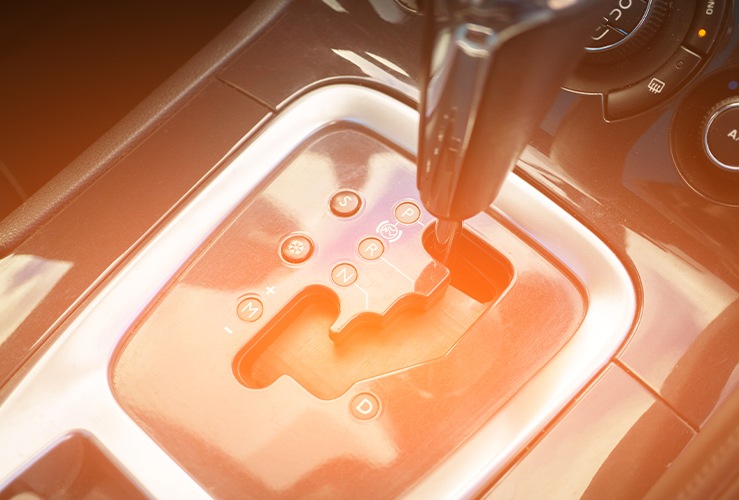
Here we take a look at how to drive an automatic car: the main differences between an automatic car and manual car, and how to use the gearbox when driving an automatic car.
Main differences between driving an automatic car and a manual car
When you sit in your first automatic car, you'll notice the absence of a clutch and different gearbox controls. The gears will be selected by the vehicle, rather than you, the driver.
Aside from these differences, automatic cars are exactly the same as manuals; you'll operate all the other controls in the same way.
All the key aspects of good driving are the same: maintaining the right road position; steering; and braking progressively.
Positives of driving an automatic car
Two of the big positives of driving an automatic car are that you can keep your hands on the steering wheel for more of the time (no changing gear!) - and you can concentrate on spotting hazards and planning where you're going.
Automatic car gears
Most automatic cars will have a centre-mounted six-speed gearbox. Automatics still have gear selector knobs.
Starting an automatic car: How to start an automatic car?
To start most automatic cars, you'll need to press and hold the brake pedal, then press the engine start button.
Some autos have a key ignition - but all will only start when the brake is depressed.
Automatic car gearboxes
You'll see a series of letters and possibly numbers on the gearbox of an automatic car. But almost all gearboxes will bear the following letters:
P = park
R = reverse
N = neutral
D = drive
M = manual
If any numbers are present, these provide more control over the gearbox in relation to specific scenarios. The car's handbook will explain these.
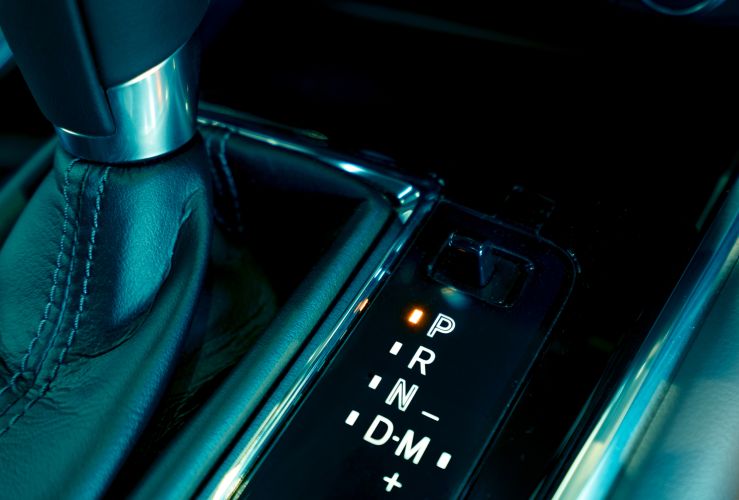
Here’s how to drive an automatic car, using the automatic car gearbox correctly:
Park
‘Park’ locks the transmission - meaning the car cannot move.
When parking up the automatic car, this must be selected, alongside the handbrake.
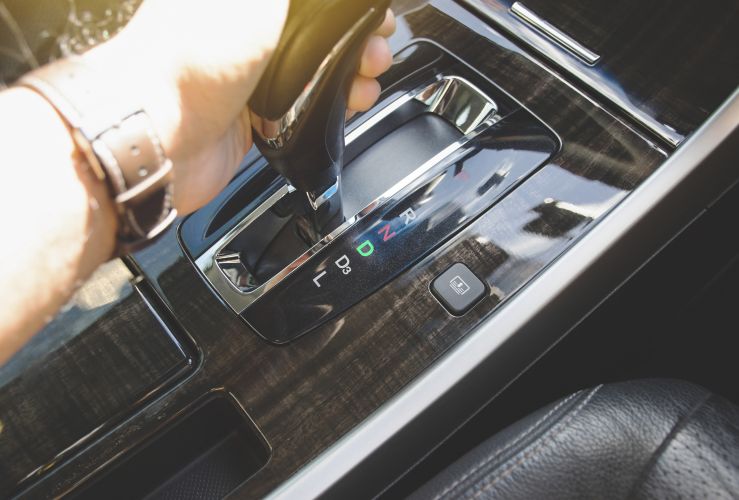
Drive
When driving an automatic car, D - Drive - is selected for driving off.
Simply press down the brake pedal, choose Drive and then release the handbrake. The car will move off very gently - an appropriate speed for manoeuvring.
Speed is increased by pushing down on the accelerator.
How do automatic cars work?
Wondering, how do the gears of an automatic car work in drive mode?
The car will switch gears automatically.
In order to maximise efficiency for automatic driving, when accelerating gently the car will choose gears earlier. But when the accelerator is depressed harder, the car will change gears considerably later. This delivers more engine power.
When slowing down the car will move down gears, as appropriate to the situation.
What to do when needing to stop when driving an automatic car:
If you have to stop temporarily when driving an automatic - perhaps at a pedestrian crossing - you simply depress the brake pedal while keeping the car in Drive mode.
If you’re stopping for longer - perhaps at a set of traffic lights - the gear stick can be shifted to Park. This means you do not have to keep your foot on the brake pedal; the car will be prevented from moving.

Do automatic cars have a handbrake?
In automatic cars, the electronic park button has replaced the need for the conventional pull-by-wire manual handbrake; pulling or pressing this button engages the parking brake, in the same way pulling a manual handbrake would.
Driving an automatic car on a hill: Hill starts
Hill starts are much simpler in an automatic car compared to a manual car.
To carry out a hill start in an automatic car you'll need to co-ordinate the car’s controls carefully.
From a parked position, simply select Drive and take your foot off the brake, then gently press the accelerator to move off.
Another benefit of autos is that the engine will never stall - since the car takes care of all gear changes.
When driving an automatic car on a hill, short pauses on the hill will not require you to come out of Drive: simply brake, then accelerate to move off. And you don’t need to worry about rolling back, thanks to the vehicle's creep function.
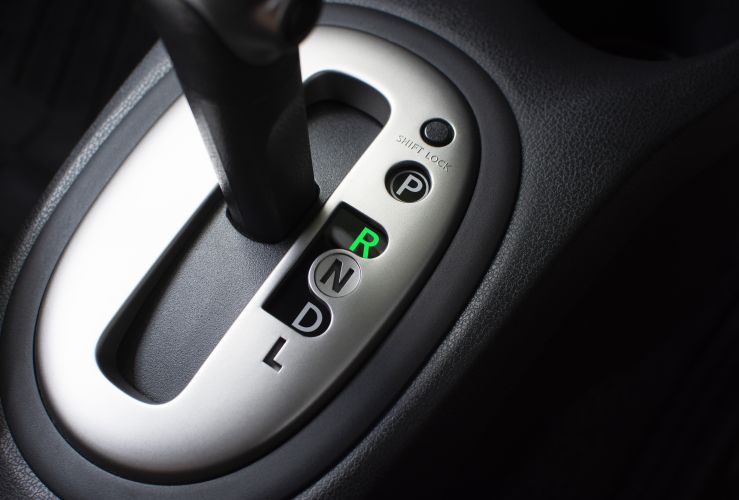
How to reverse in an automatic car
When needing to reverse when driving an automatic - For instance, for parallel parking - simply hold down the brake pedal and switch to Reverse.
There's no need to use the accelerator since the creep function will provide enough manoeuvring speed. Just control the car with the brake pedal.
To finish, choose Park, release the brake and then engage the handbrake.
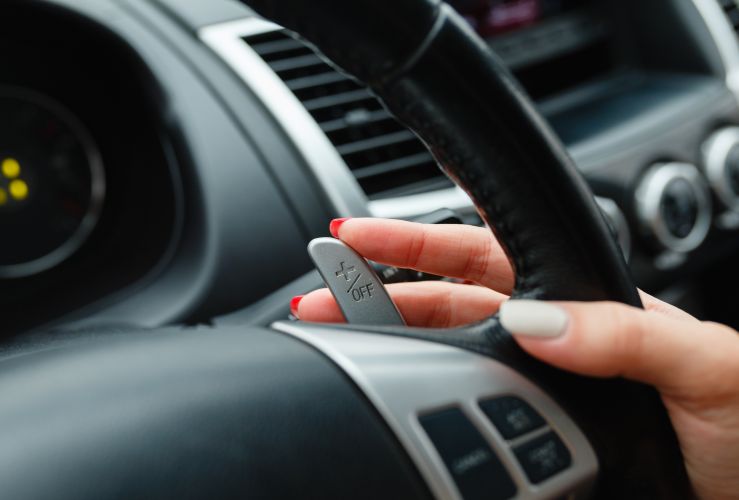
What does semi-automatic car mean?
Semi-automatic transmission means that the vehicle combines manual and automatic gearboxes - offering the best of both worlds.
The system in a semi-automatic car affords the d
river easy control over gear selection, by providing steering wheel-mounted paddle shifters (or a modified shift lever).
This means the driver can control gears usually with an upshift/downshift method.
Manual
As the name suggests, the manual functionality in an automatic car lets you control the gears you use - by way of paddles on the steering wheel.
In some automatic cars there may be different letters and/or numbers for specific controls - check the handbook for details.
When to use manual when driving an automatic car?
Manual control can be useful in certain situations. To minimise wheel spin on slippery roads, for instance, you might choose to move off in second gear.
If you’re travelling down a steep hill, you might choose a lower gear than normal, in order to improve engine braking and limit the need to use the brake pedal.
Choosing lower gears can help deliver more power in some scenarios - such as when moving onto a motorway. But for regular driving, you're best off in Drive mode.
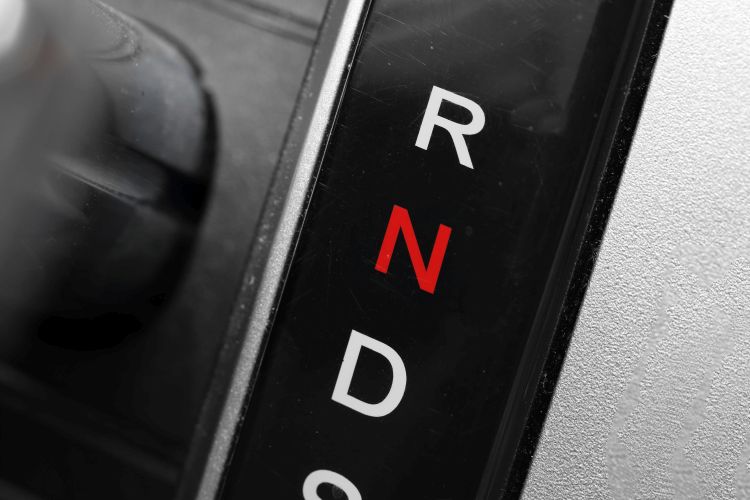
Does an automatic car have a clutch?
Both manual and automatic transmission cars have a clutch, however, only manual cars have a clutch pedal.
Automatic car pedals consist of a brake pedal and an accelerator.
How to change manual to automatic transmission?
It is possible to change a manual transmission to an automatic transmission, and it is also easier than doing the reverse because of the clutch pedal, but changing the transmission will be expensive, so it is not advisable.
When would you use neutral in an automatic car?
This enables the car to free-wheel - useful if your automatic car needs to be towed or pushed. However, it reduces control over the car, so should not be used in normal driving situations.
At Start Rescue we offer a range of affordable breakdown cover policies for automatic and manual vehicles. Click here to get a quote.
Up next? What is a semi automatic car.




